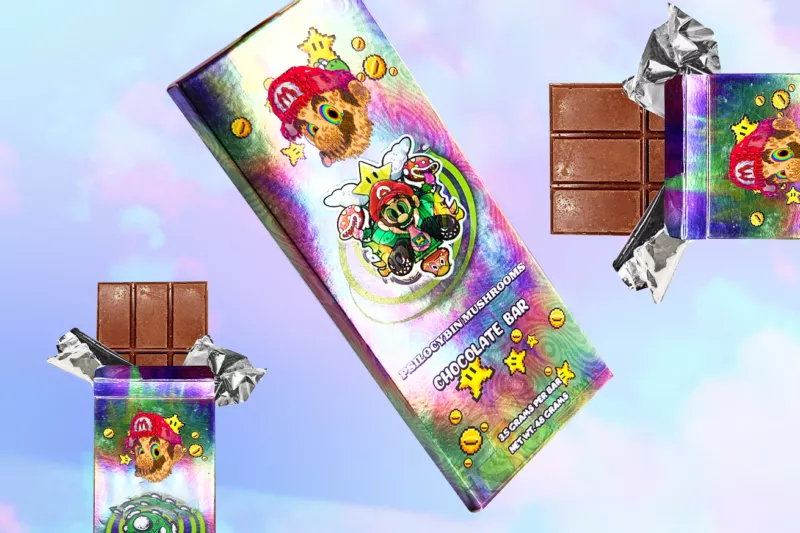Psychedelic drugs
Psychedelic Drugs Meaning
Psychedelic drugs, also known as hallucinogenic drugs, are a group of substances that are usually used recreationally to change and enhance sensory perceptions, thought processes, and energy levels, and to facilitate spiritual experiences. They include chemicals, such as LSD, and plants, such as peyote.
Psychedelic Drug Uses
Psychedelic drugs have also been used experimentally to mimic psychosis and to exert mind control, although they have not been found to be particularly effective in doing either. They were used in psychotherapy in the 1960s, but this was halted for mainly political reasons until quite recently. Psychological research has since revived the use of psychedelics in experimental psychological treatment.
Use of hallucinogens goes back centuries in many cultures, and some are still used in religious ceremonies. The rave culture of the 1980s brought a new wave of ecstasy use, which continues today. Here are some of the most common psychedelic drugs.
Acid or LSD
Lysergic acid diethylamide, or LSD, is a chemically synthesized hallucinogen, a kind of mold that grows on the rye grain. Also known simply as acid, LSD was widely used in the 1960s until it was made illegal. Use of LSD has continued, despite being controlled psychedelic drug. Although its use has gone through phases of greater or lesser popularity.
Dimethyltryptamine or DMT
DMT is a naturally occurring plant-based psychedelic found in the bark and nuts of certain trees from Central and South America. The effects of DMT are much shorter than those of other psychedelics, typically lasting only an hour. This has lead to the term “businessman’s trip” or “businessman’s lunch” being used to describe a DMT trip.
Psilocybin or Magic Mushrooms
Magic mushrooms contain a naturally occurring type of hallucinogen, which is found in certain fungi. There is a wide variety of hallucinogenic mushrooms. In addition to their legal status is somewhat ambiguous, as they can be found growing wild.
This can make them appealing to young people, keen to experiment with these “free drugs.” But mushrooms carry particularly high risks given the toxicity of some varieties, which can even be lethal.
Ecstasy
Ecstasy, or MDMA, is more difficult to categorize as a psychedelic because the hallucinogenic effects are less pronounced. Nevertheless, the mood-enhancing and stimulant effects are more noticeable to the user than some other psychedelics. However, ecstasy can induce hallucinations and delusions.
Mescaline or Peyote
Mescaline is a naturally occurring psychedelic substance found in certain species of cactus. The most well-known being the peyote cactus. The effects of mescaline, which are similar to those of LSD, will document in the classic text on hallucinogens.
Although peyote is a schedule 1 drug, and is therefore illegal, the listing of peyote as a controlled substance does not apply. Any person who manufactures peyote is required to obtain registration annually and to comply with all other requirements of law.
It is possible to have a bad trip on ecstasy, although this is not as common as bad trips on LSD or mushrooms. Ecstasy has also been associated with increased risks of health problems arising from overheating, and dehydration.









